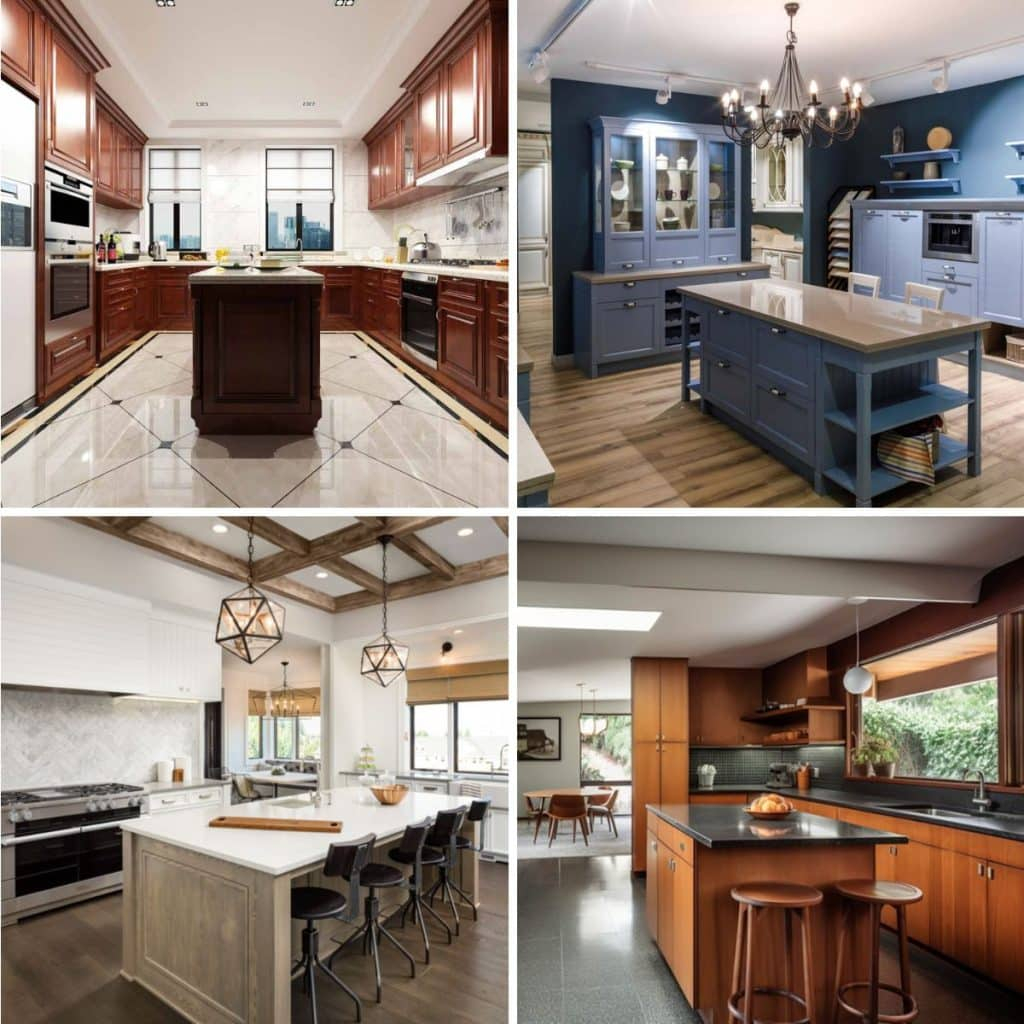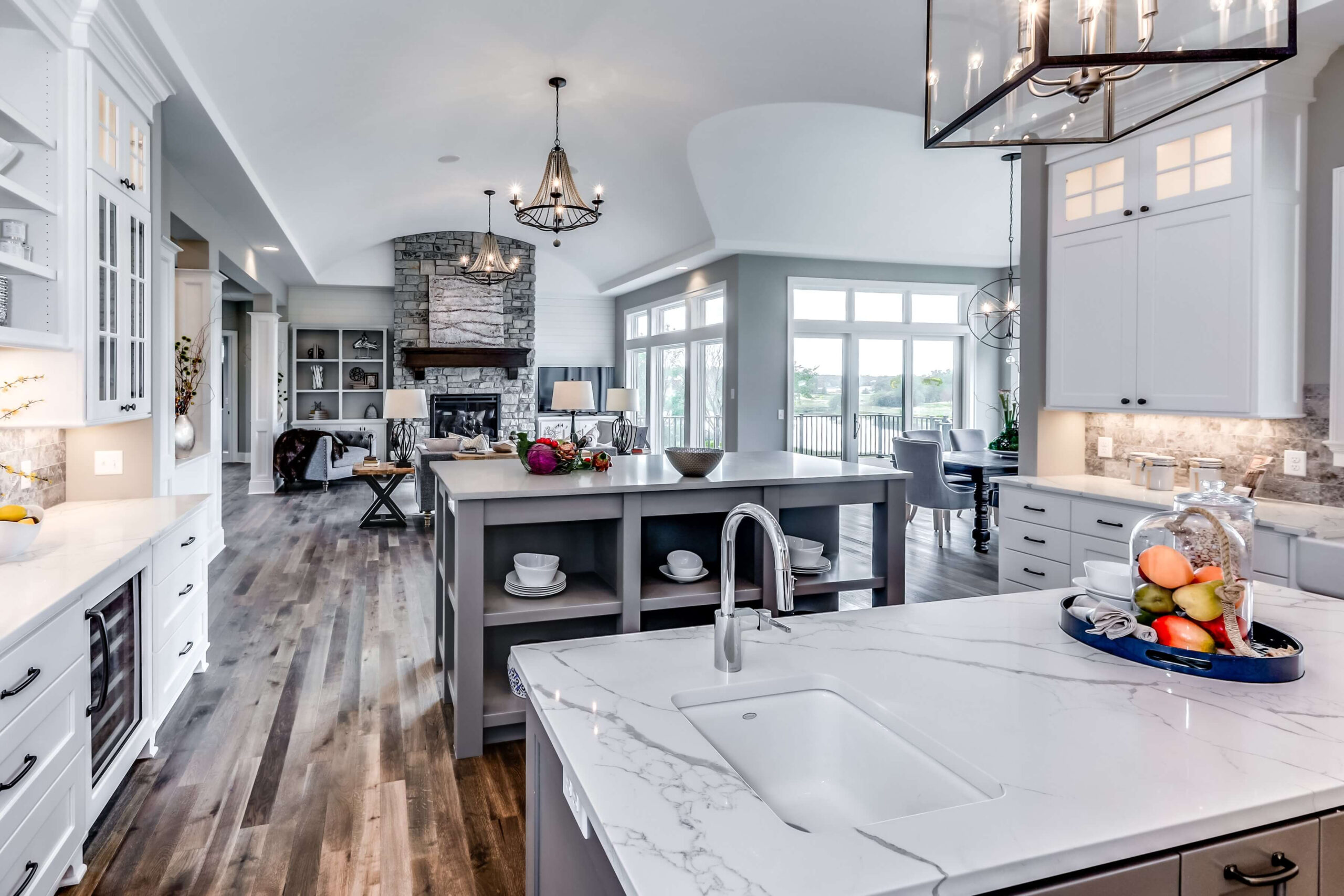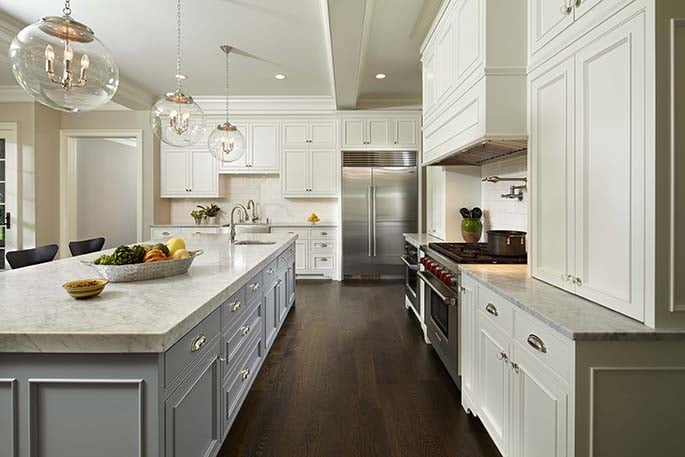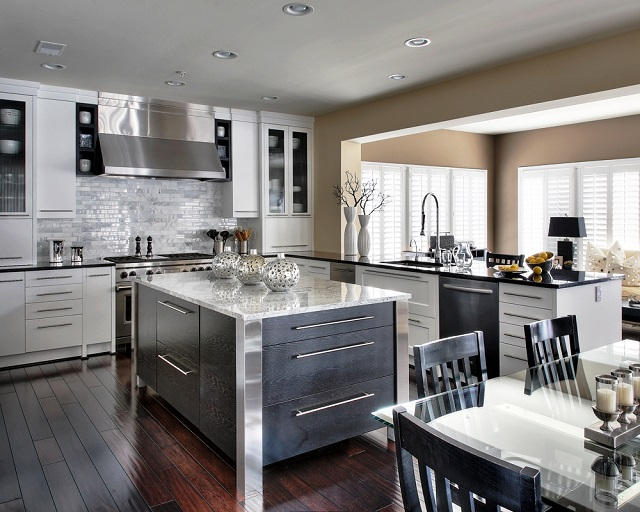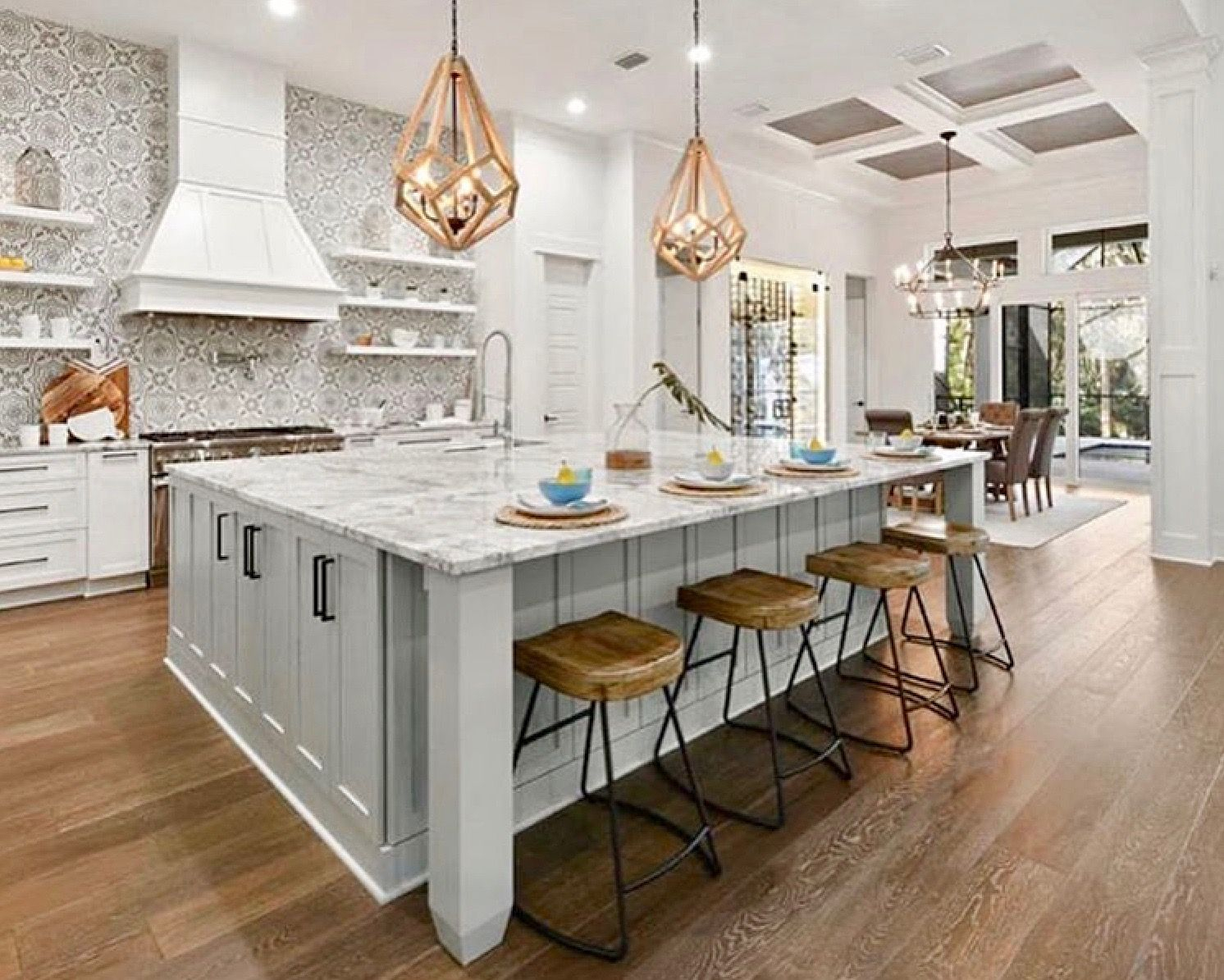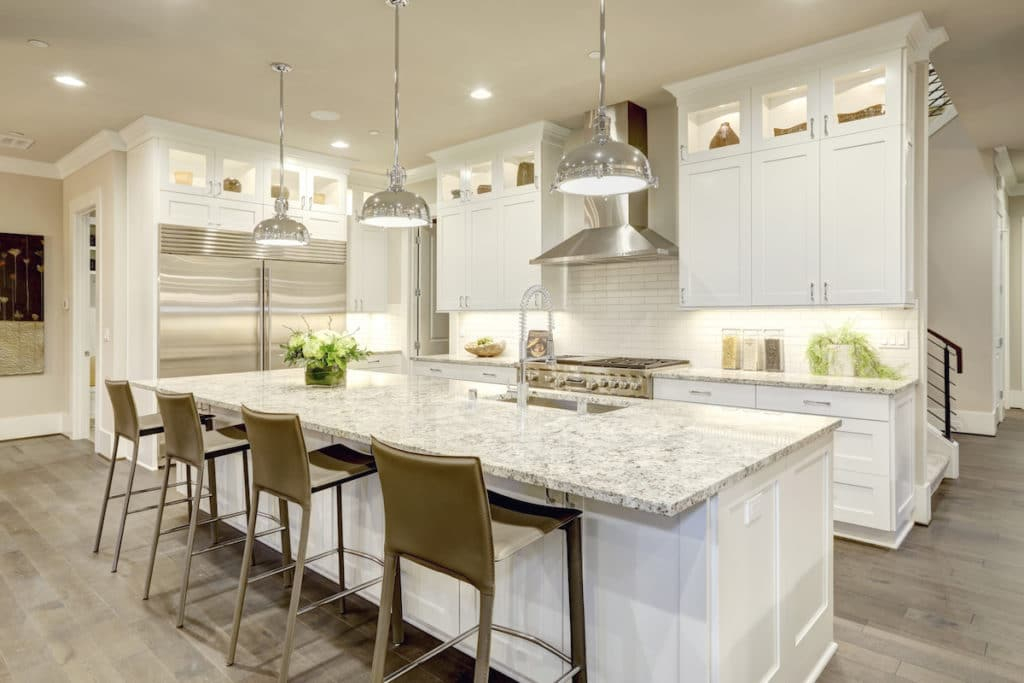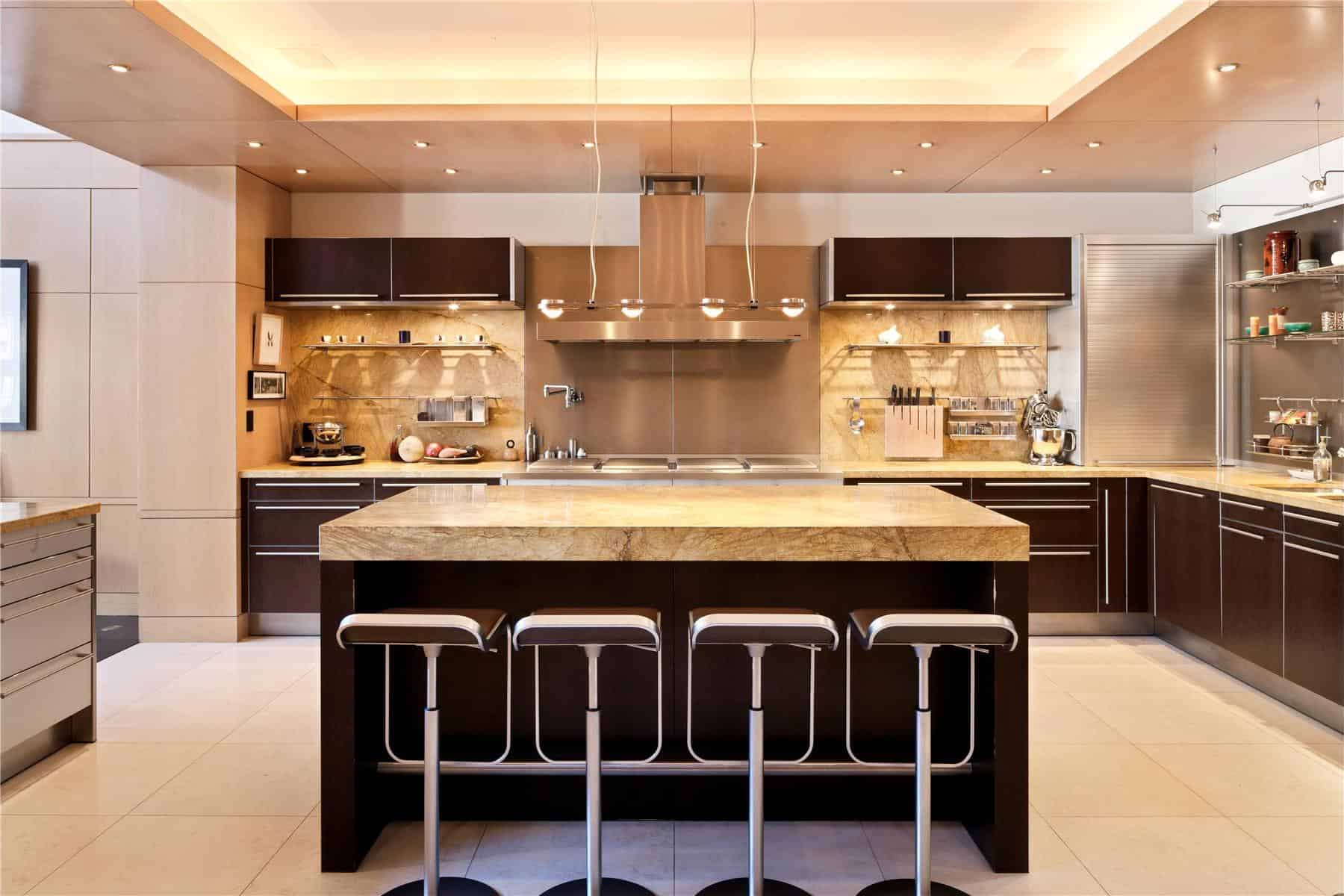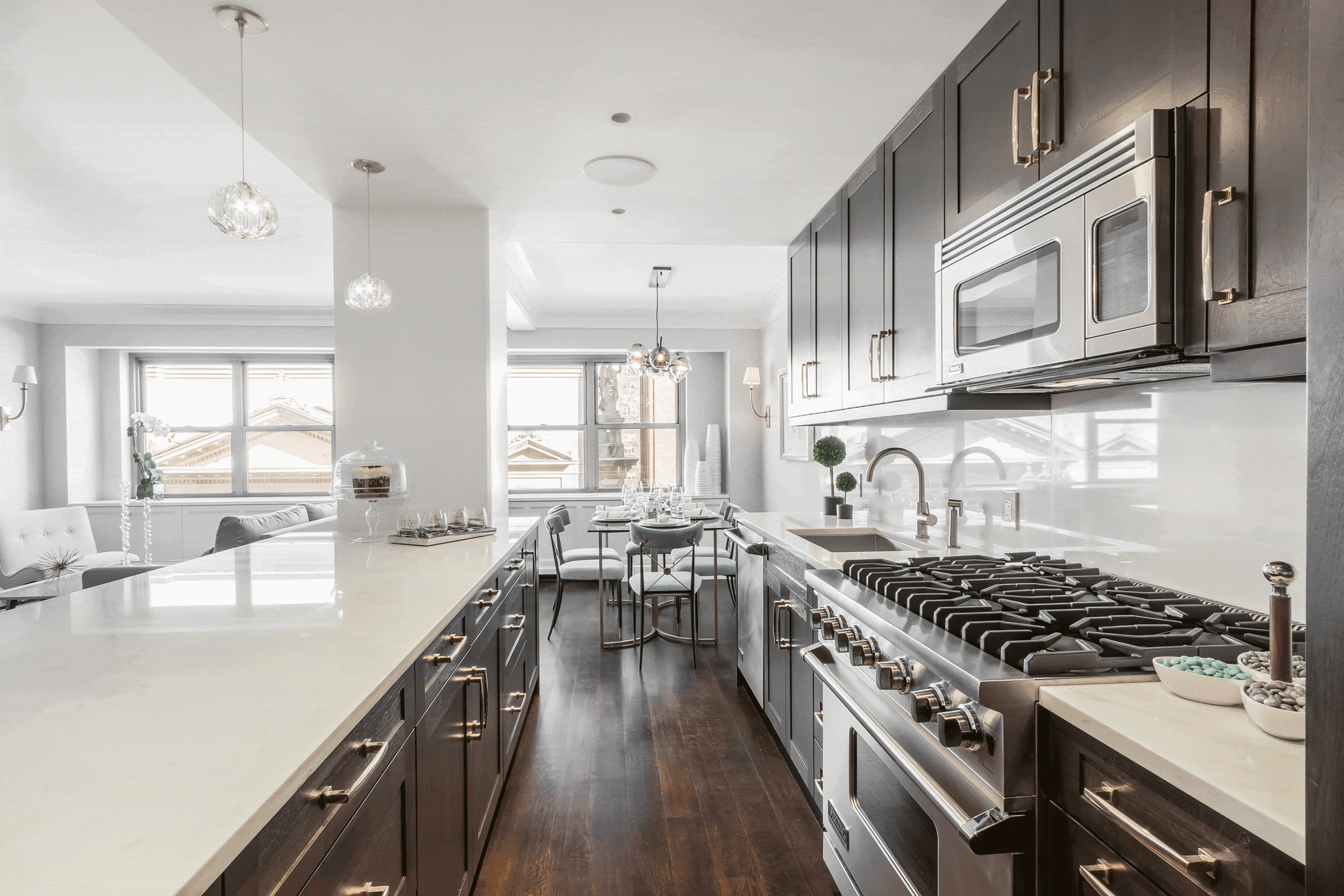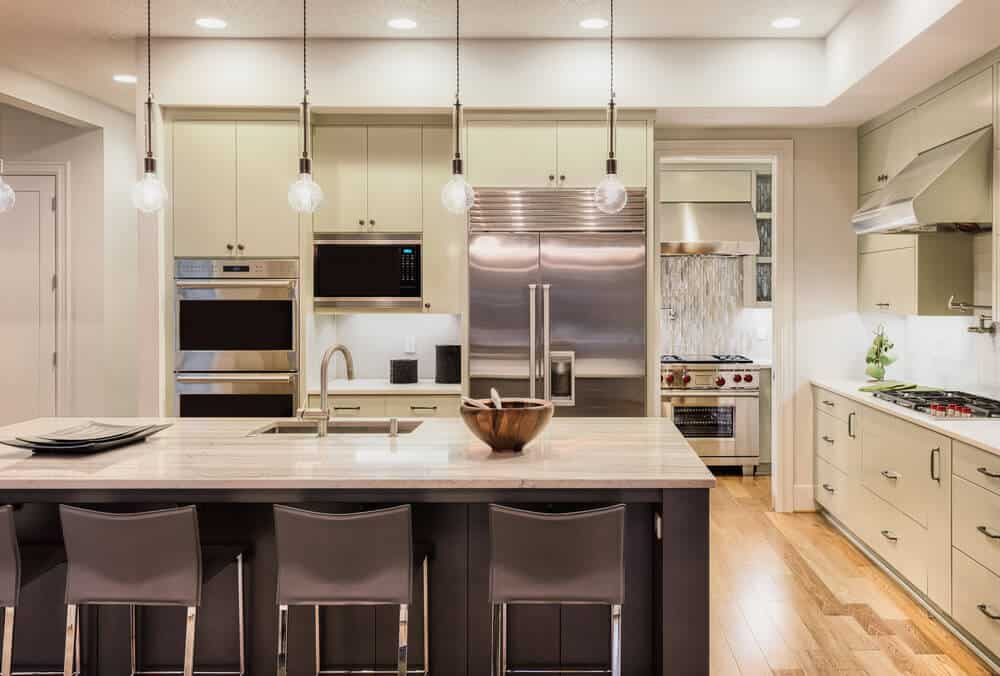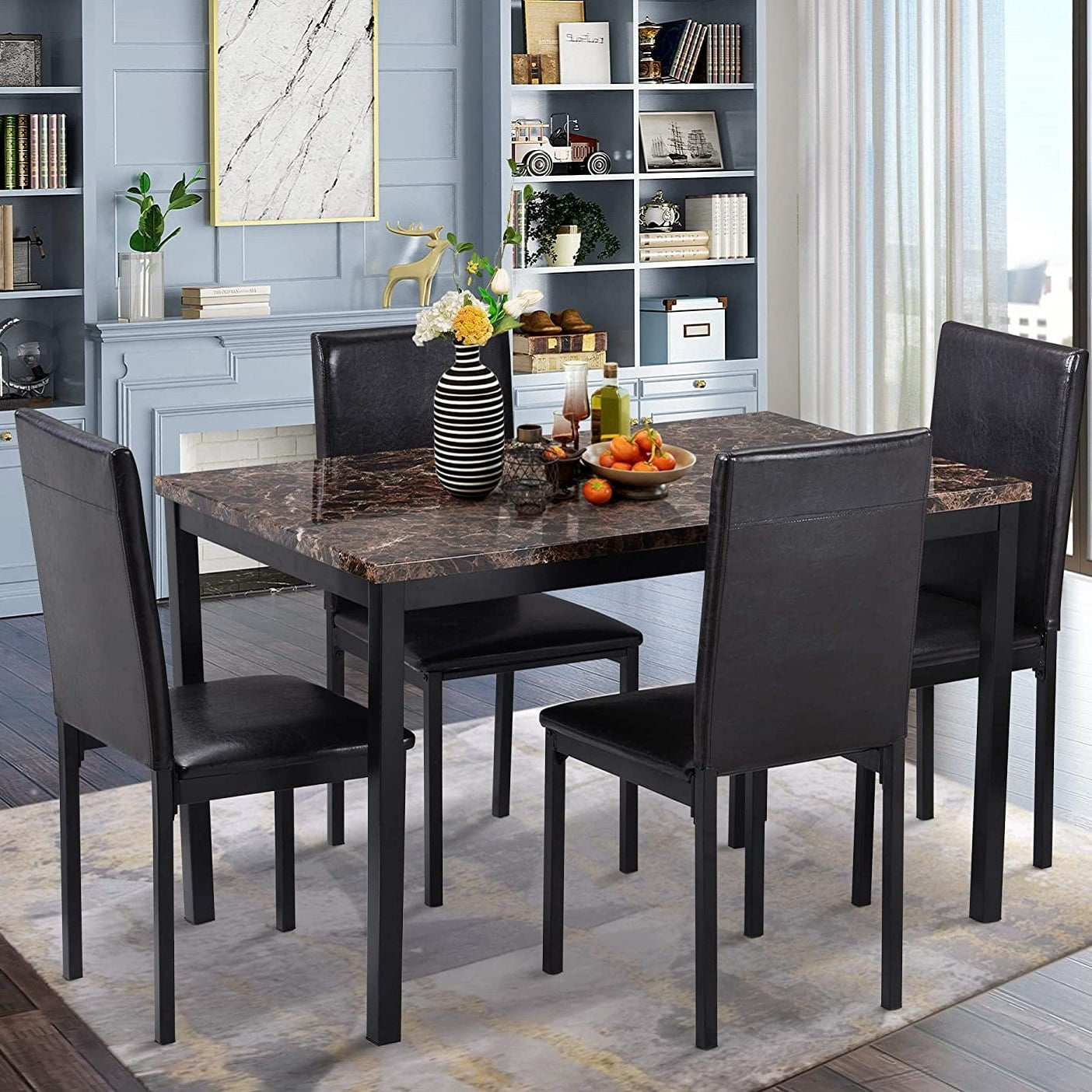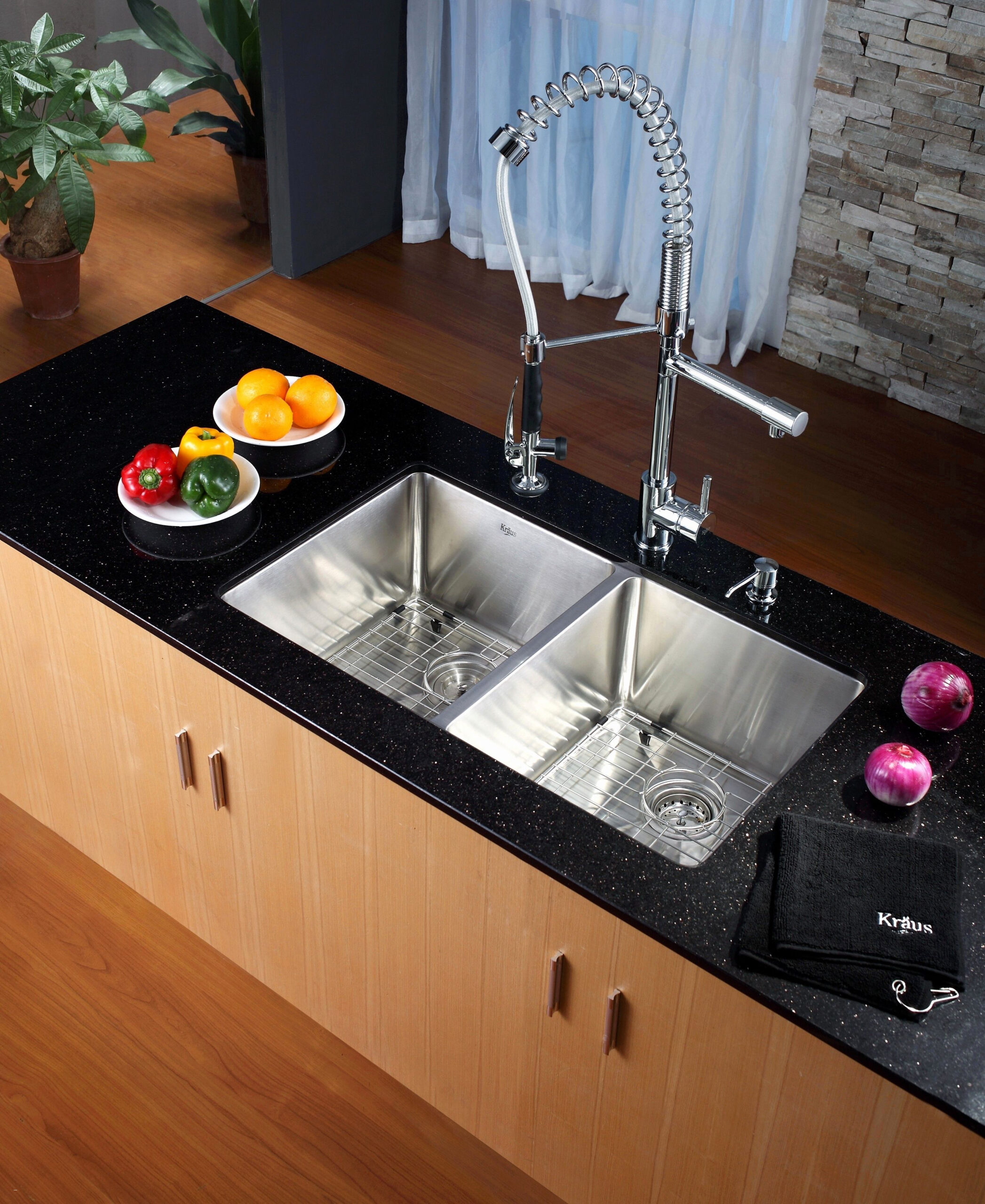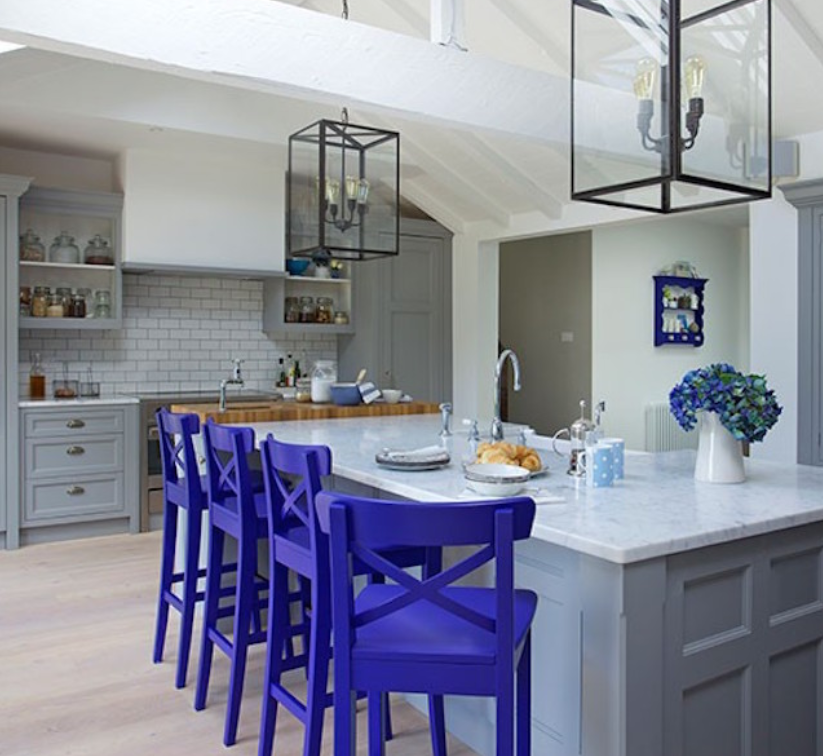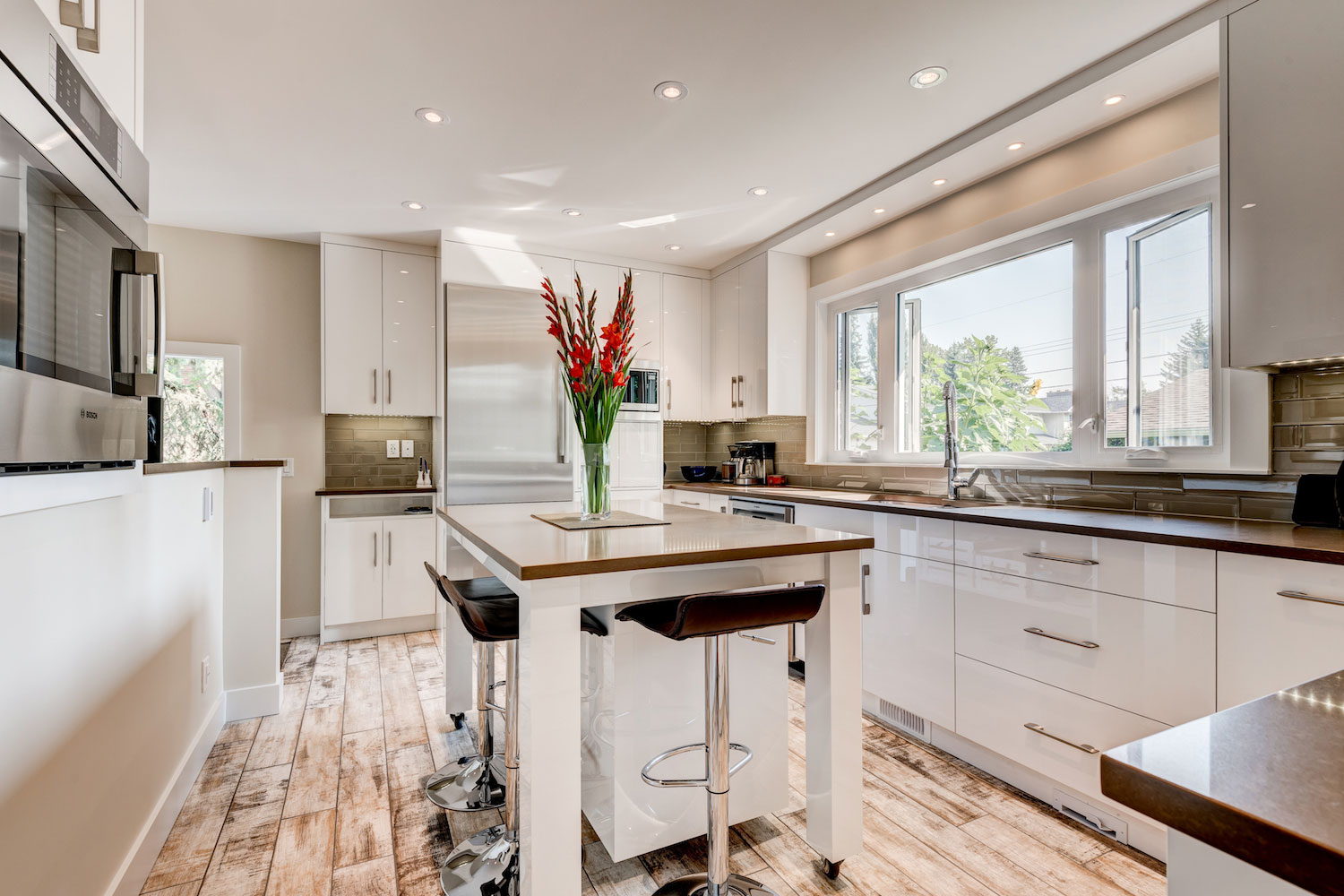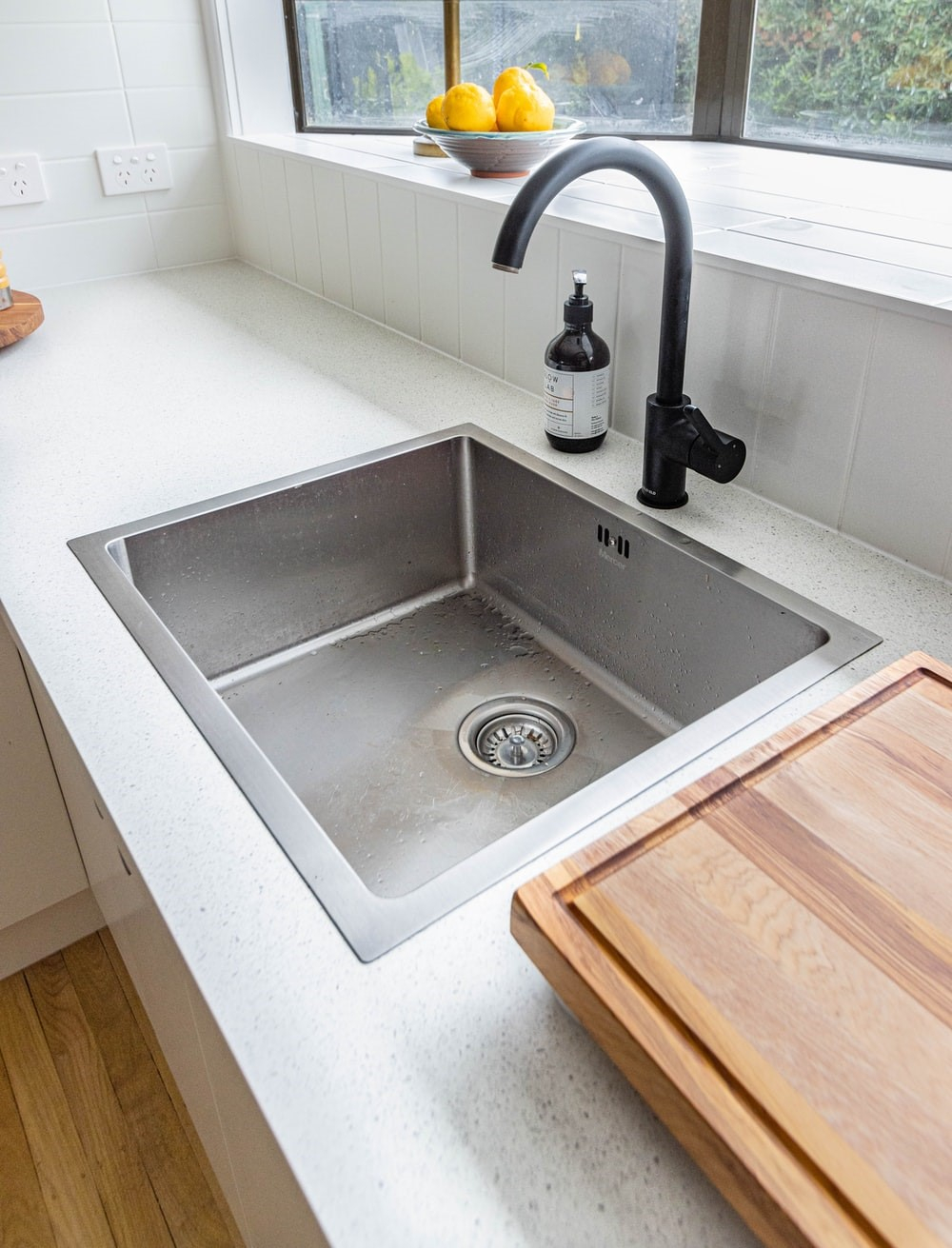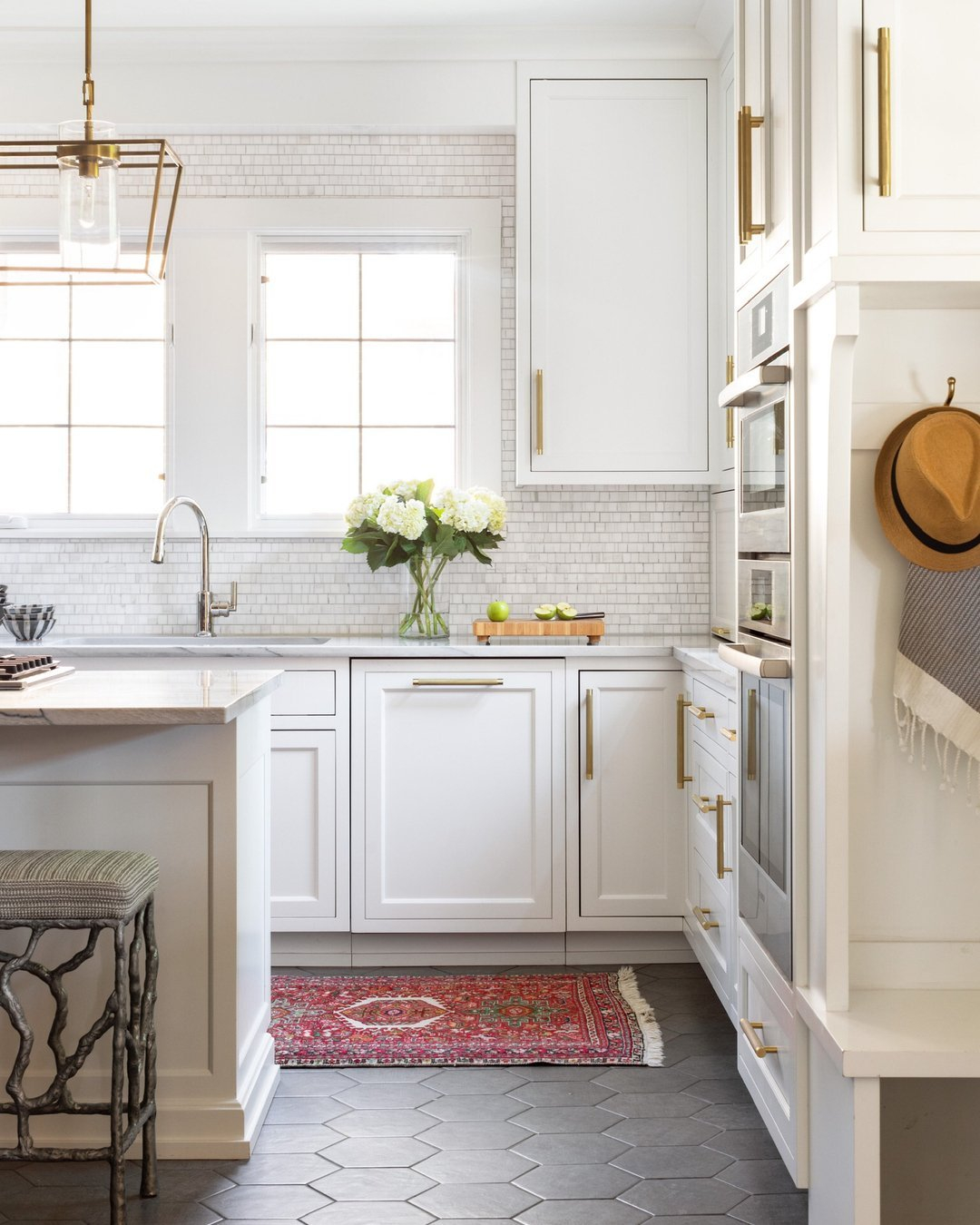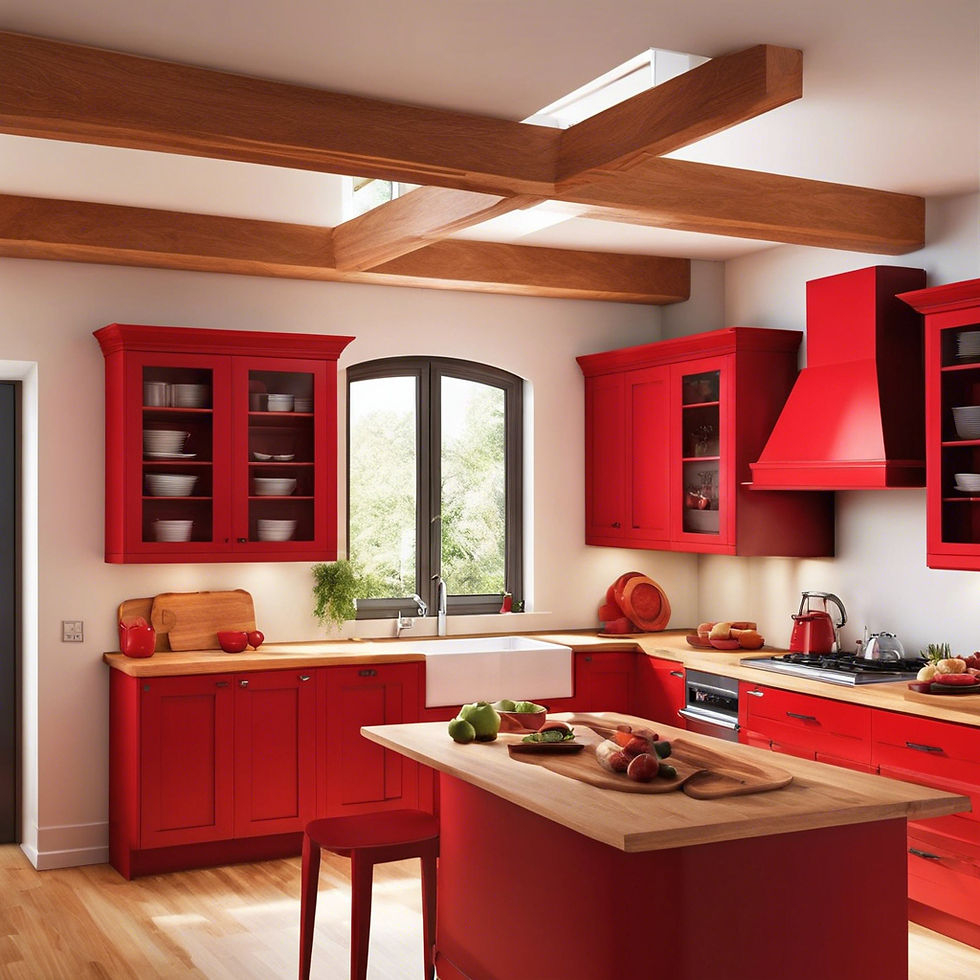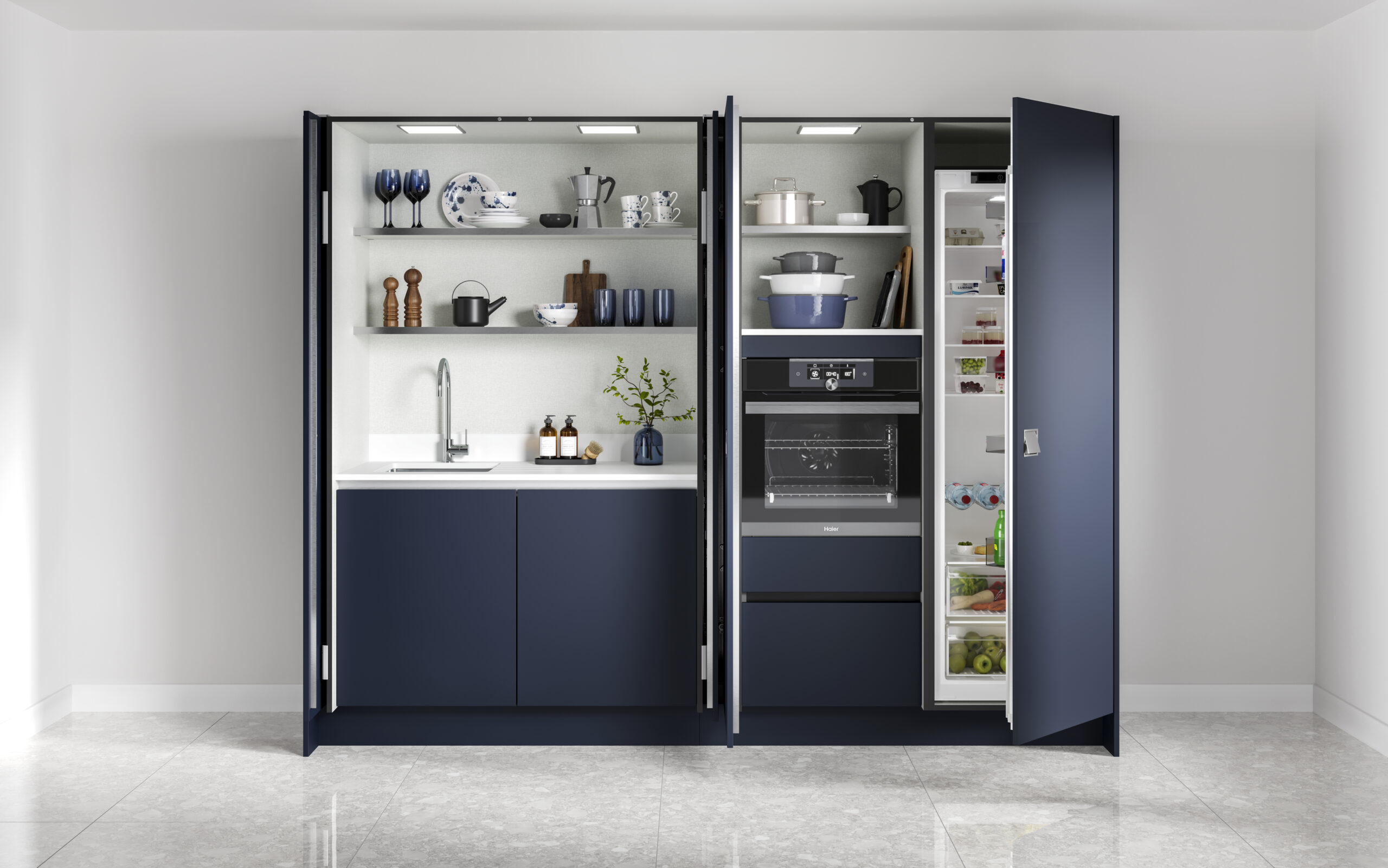Think about your kitchen. Is it the heart of your home, a place where memories are made, or perhaps a space that feels a little… uninspired? For many of us, the kitchen is where life happens – from early morning coffee rituals to late-night chats over a snack. But what if it could be even better? What if it could be a seamless blend of pure utility and captivating beauty? It’s not just about appliances and countertops; it’s about creating an environment that truly works for you and reflects your unique taste. Let’s dive into how we can transform your kitchen into a masterpiece of both function and flair.
We all have that image in our heads, right? The perfect kitchen from a magazine spread – gleaming surfaces, efficient layouts, and an undeniable sense of warmth. But achieving that dream isn’t about some secret handshake or a bottomless bank account. It’s about understanding a few core principles and applying them with a bit of creativity. A truly great kitchen makes everyday tasks feel effortless, anticipates your needs, and provides a welcoming atmosphere. It’s a space that supports your culinary adventures, your family gatherings, and your quiet moments. So, how do we get there? It starts with a thoughtful approach to how you use your space and what you want it to feel like.
Mastering the Kitchen Layout: The Foundation of Functionality
Before you even think about paint colors or cabinet hardware, let’s talk about the bones of your kitchen: the layout. This is perhaps the most crucial element for achieving true functionality. Ever felt like you’re running a marathon just to get from the fridge to the sink? That’s a layout problem. The classic kitchen work triangle – connecting the sink, refrigerator, and stove – is a solid starting point. Keeping these three points within easy reach minimizes unnecessary steps and makes cooking much more efficient. Think about the flow of movement. Where do you prep food? Where do you store your ingredients? Where do dishes go after a meal? Planning these zones logically is key. For instance, placing your trash and recycling bins near your primary prep area can be a game-changer. And don’t underestimate the power of landing zones – clear counter space near the fridge or oven for placing items as you take them out or put them in. It might seem simple, but these small details make a huge difference in day-to-day use. Consider an island or a peninsula if space allows; they can provide extra prep surfaces, storage, and even casual dining spots, further enhancing the kitchen’s utility. A well-planned layout is the silent hero of a great kitchen.
Smart Storage Solutions: Declutter for Clarity
Ah, storage. For many, this is where the real challenge lies. Piles of pots, a jumble of utensils, and cupboards overflowing with gadgets can quickly turn a functional space into a frustrating one. The secret to smart storage is thinking vertically and utilizing every inch. Think about pull-out shelves for lower cabinets, making it easier to reach items at the back. Corner cabinet solutions, like lazy Susans or pull-out organizers, can transform awkward dead space into prime real estate. Drawer dividers are your best friend for keeping utensils and cutlery tidy. For those frequently used spices, consider a tiered spice rack or a magnetic strip on the backsplash. Open shelving can be stylish, but it requires discipline; keep it for displaying frequently used and attractive items. Pegboards are surprisingly versatile for hanging pots, pans, and even small appliances. Don’t forget the backsplash area; magnetic knife strips or small shelves can keep essential tools within easy reach without cluttering the countertops. The goal is to have a place for everything, and everything in its place. A well-organized kitchen not only looks better but also makes cooking and cleaning significantly easier. You’ll be amazed at how much more spacious your kitchen feels when everything has a designated home.
Optimizing Workflow: Making Tasks Effortless
Beyond the basic layout, optimizing your workflow is about arranging your kitchen to support the natural progression of cooking tasks. This means grouping items that you use together. For example, keep your baking supplies – flour, sugar, mixing bowls, and stand mixer – in close proximity. Similarly, your coffee station, complete with mugs, coffee maker, and filters, should be a self-contained unit. Consider the ‘zones’ within your kitchen: a prep zone, a cooking zone, a cleaning zone, and a storage zone. Ensuring these areas are well-equipped and logically placed streamlines your efforts. For the prep zone, think about ample counter space, easy access to knives, cutting boards, and trash. The cooking zone needs your stove, oven, essential pots and pans, and perhaps a nearby spice rack. The cleaning zone should have your sink, dishwasher, dish soap, and drying rack. Good lighting is also paramount for workflow. Ensure task lighting is sufficient over prep areas and the stovetop. Under-cabinet lighting is fantastic for illuminating countertops without harsh overhead glare. Making these thoughtful adjustments can turn mundane kitchen tasks into a more fluid and enjoyable experience.
The Art of Kitchen Lighting: Setting the Mood and Enhancing Function
Don’t underestimate the power of good lighting. It’s not just about being able to see; it’s about creating ambiance and enhancing functionality. A layered lighting approach is ideal. Start with ambient lighting – general overhead lights that provide overall illumination. Then, add task lighting for specific activities like chopping vegetables or reading recipes. This often means under-cabinet lights, which are brilliant for eliminating shadows on your countertops. Finally, consider accent lighting to highlight architectural features or display items, like pendant lights over an island or in-cabinet lighting. Dimmers are your best friend here. They allow you to adjust the intensity of the light, transitioning from bright, task-oriented light during cooking to a softer, more relaxed glow for evening meals or entertaining. Natural light is also a treasure; maximize it with clean windows and perhaps light-colored window treatments. The right lighting can make a small kitchen feel larger and a large kitchen feel more intimate and inviting. It truly transforms the feel of the entire space.
Infusing Style: Personal Touches That Shine
Now for the fun part – making it yours! Functionality is the bedrock, but style is what brings your kitchen to life. Think about your personal aesthetic. Are you drawn to modern minimalism, rustic charm, or perhaps something eclectic? Color is a powerful tool. Cabinet colors, backsplash tiles, and even wall paint can dramatically alter the mood. Don’t be afraid to play with textures, too – think about the warmth of wood, the coolness of marble, or the gleam of subway tile. Hardware, like cabinet pulls and faucet finishes, are the jewelry of the kitchen; they can elevate the entire look. Consider the details: a stylish runner rug, some fresh greenery, or a well-curated collection of cookbooks can add personality. Even your appliances can be a style statement. If your budget allows, stainless steel, matte black, or even colored appliances can be focal points. Remember, style doesn’t have to mean expensive. Thrift store finds, DIY projects, and a thoughtful arrangement of accessories can inject immense character. It’s about creating a space that feels authentic to you and brings you joy every time you enter it.
Choosing Materials and Finishes: Durability Meets Design
Selecting the right materials is a balancing act between durability, maintenance, and aesthetics. For countertops, options abound: granite and quartz are popular for their hardiness and low maintenance, while marble offers timeless elegance but requires more care. Butcher block can add warmth and a natural feel. Consider your lifestyle – if you’re a heavy-duty cook who loves to entertain, you might prioritize resilience. For backsplashes, ceramic and porcelain tiles are versatile and easy to clean. Glass tiles can add a touch of sparkle, and natural stone offers a unique, earthy appeal. Flooring is another key decision. Hardwood floors are beautiful but can be susceptible to moisture and scratches. Tile, especially porcelain, is durable and water-resistant. Luxury vinyl plank (LVP) is a fantastic modern option, offering both style and resilience. Think about how the materials will wear over time and how much effort you’re willing to put into upkeep. Choosing wisely here ensures your kitchen not only looks stunning but also stands the test of time and daily use. It’s an investment in both beauty and practicality.
Creating a functional and stylish kitchen isn’t a one-time event; it’s an ongoing process of refinement. By focusing on smart layout, efficient storage, optimized workflow, thoughtful lighting, and your unique personal style, you can build a kitchen that’s more than just a room – it’s the vibrant, beating heart of your home. Don’t be afraid to experiment and adapt as your needs change. Even small tweaks can make a significant impact. So, take a good look at your kitchen today, identify what’s working and what isn’t, and start making those changes. You deserve a kitchen that supports your life and inspires your spirit. Happy cooking and happy styling!


